Process can extend shelf life 1.4 to 4.0 times than traditional refrigeration
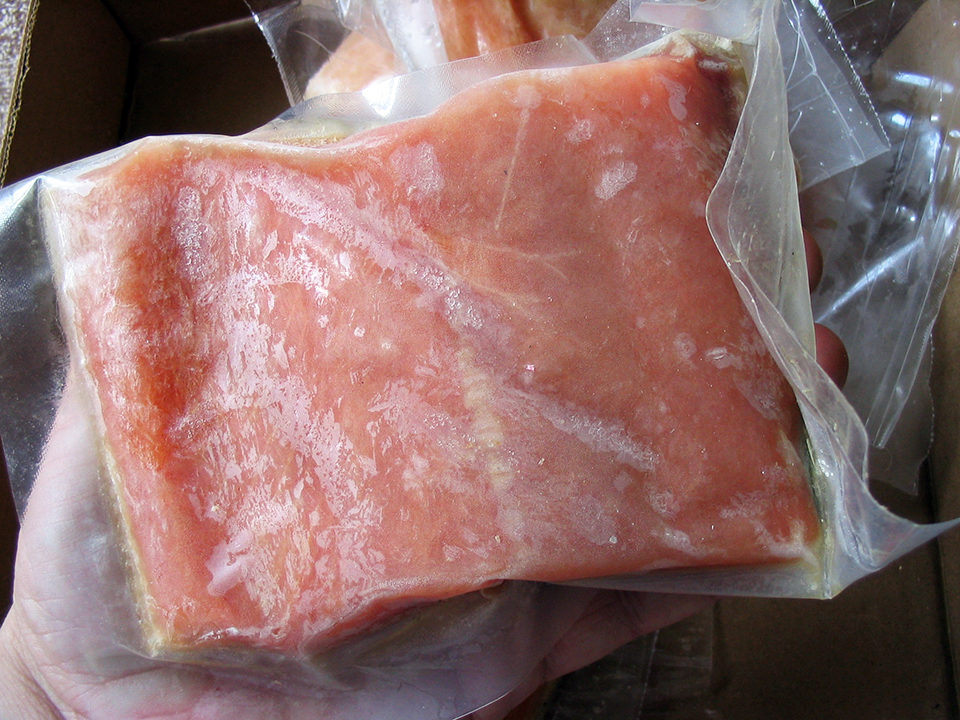
In recent years, the demand for fresh fish has been rapidly increasing at the expense of canned and frozen fish. Extending the shelf life of fresh fish can extend profitability, both because product prices in the fresh market are higher than in the frozen market and losses to “expired” product are reduced. One way to extend the shelf life of fresh fish without the use of preservatives or postprocess treatment is superchilling.
Superchilling technology
Also called partial freezing, deep chilling and light freezing, superchilling is the refrigeration of fish in which the flesh temperature ranges several degrees below the freezing point. In the superchilled temperature range, approximately 20 to 50 percent of the water in the fish is frozen, forming an internal ice reservoir. How much of the water is frozen is highly temperature-dependent.
Freezing points for fishery products vary from about minus-1.0 to minus-2.5 degrees-C for salmon, shrimp and mackerel to about -2.2 degrees-C for carp. The freezing point of fish and shellfish muscle is lower than 0˚ due to the presence of solutes in the water phase. It usually depends on the water content in the products.
In superchilling, the surrounding temperature is established below the initial freezing point of the food, and depending on the method used, some ice is formed in the outer few millimeters of the fish. In this way, refrigeration capacity is stored inside the product, making it possible to maintain a low product temperature during storage or in a distribution chain, where a considerable heat load is assumed.
In this temperature range, a drop in temperature of about 1 degrees-C often results in doubling the amount of water frozen out. With the high latent heat of ice (3.65 kJ/kg), this gives a certain degree of aftercooling of the product if the cooling is interrupted.
After initial surface freezing, the distribution of ice levels out to a predetermined value, and the product attains the uniform temperature at which it can be maintained during storage and distribution. It is important that the superchilled temperature of the fish remains constant through the distribution system. Varying temperatures can contribute to undesirable changes in the muscle structure and increase drip loss.
Benefits
Consumers and regulators are demanding high-quality aquatic food products that are safe, healthy and sustainably sourced. The main cause of decreased shelf life and loss of quality in fresh fish is product temperature variation.
Environmental temperatures affect the rate of both intrinsic and extrinsic spoilage. Intrinsic quality deterioration is primarily due to proteolytic and lipolytic enzymes in the seafood, while extrinsic spoilage is due to the presence of spoilage microorganisms. In addition to temperature, quality loss also depends on factors such as season, harvest methods, handling, processing, packaging and transportation variations. Trained consumer panelists found better quality attributes in superchilled fish, when scored on visual aspects and taste.
Compared to frozen storage, superchilling results in lower energy consumption, fewer thawing problems and less structural damage. At superchilling temperatures, most microbial activity is inhibited. The low temperature increases food safety since the growth of pathogenic and toxin-producing microorganisms is also inhibited. However, certain chemical and physical changes may progress, and in some cases even accelerate. The major deterioration has been reported to occur in phospholipid hydrolysis and protein denaturation.
The primary purpose for superchilling is the ability to extend shelf life 1.4 to 4.0 times that expected with traditional refrigerated storage. This extension has a substantial impact on product quality and economics.
Other reported advantages of superchilling include increased product yields and production efficiency due to products that are easier to handle due to their rigidity. Also, a substantial amount of fresh fish is transported to distant markets via air freight. The ability to extend the shelf life of some species to 21 days provides an opportunity to use more economical methods of transportation instead of air freight.
Challenges
The implementation of a superchilling process is not without its challenges. Failure to control the temperature can result in slow freezing or freezing at elevated temperatures. If these situations occur, the fish may suffer microstructural changes to the muscle tissue that result in cell dehydration, drip loss, tissue shrinkage during thawing and excessive mechanical stress.
Optimum superchilling is difficult to achieve in iced products and products of varying thickness or geometry, or when using conventional refrigerators or insulated containers. Basically, superchilling is an empirical process, since it is difficult to calculate or accurately measure heat removal during the cooling process. The precise temperature measurement must be performed after chilling and temperature equalization are complete.
However, superchilling can be effectively used when a standardized process is employed, such as in-shell freezing in a blast, cryogenic or plate freezer, and through the use of brine and ice slurries. Other methods include combining gel packs with dry ice pellets in the container. However, care must be exercised to ensure excess dry ice does not partially or completely freeze the product. A crust of ice only 1 to 2 mm thick on the surface of the fish is acceptable.
Economic relevance
In addition to improving shelf life, superchilling can also have great economic importance. Mechanical processing of soft-textured fish can result in faulty slicing and cutting, fluid loss, waste and reduced yield. The problem is intensified when fatty fish are processed due to their soft tissue and high fat content. While significant losses can occur during mechanical processing, greater losses can also occur when additional processing, such as trimming, is required. Superchilling the fish prior to processing can result in a 1 to 2 percent increase in yield while also reducing labor.
Table 1 contains the shelf life periods for several fish species stored at superchilled and refrigerated temperatures. For sea bass, storage at minus-3 degrees-C provides a 30-day shelf life, while storage at 0 and 5 degrees-C results in 10- and three-day shelf lives, respectively. Atlantic salmon stored at -2 degrees C had a 21-day shelf life, which was two to three times greater than storage at 0 or 4 degrees-C. A temperature difference of only 2 to 4 degrees-C can have significant impacts on product quality and safety.
Flick, Effects of storage on the shelf lives, Table 1
| Fish | Superchilled Storage Temperature (° C) | Superchilled Storage Storage (Days) | Refrigerated Storage Temperature (° C) | Refrigerated Storage Storage (Days) |
|---|---|---|---|---|
| Cod | -1.5 | 15 | 0.5 | 12 |
| Cod | -1.6 | 10-14 | ||
| Cod | -4.0 | 18-20 | ||
| Sea bass | -3.0 | 30 | 5.0 | 3 |
| Atlantic salmon | -1.4 | 17-21 | 0 | 8-10 |
| Atlantic salmon | -2.0 | 21 | 4.0 | 7 |
| Atlantic salmon | -3.6 | 17-21 | ||
| Mullet | -2.0 | 10 | 0 | 7 |
| Hybrid striped seabass | -2.0 | 21 | 2.0 | 8 |
| Wolffish | -1.0 | 15 | 4.0 | 8-10 |
| Catfish | -2.0 | 19 | 2.0 | 7 |
| Haddock | -1.0 | 21 | ||
| Haddock | -2.0 | 22 | ||
| Haddock | -3.0 | 29 |
(Editor’s Note: This article was originally published in the March/April 2009 print edition of the Global Aquaculture Advocate.)
Now that you've reached the end of the article ...
… please consider supporting GSA’s mission to advance responsible seafood practices through education, advocacy and third-party assurances. The Advocate aims to document the evolution of responsible seafood practices and share the expansive knowledge of our vast network of contributors.
By becoming a Global Seafood Alliance member, you’re ensuring that all of the pre-competitive work we do through member benefits, resources and events can continue. Individual membership costs just $50 a year.
Not a GSA member? Join us.
Author
-
George J. Flick, Jr., Ph.D.
Food Science and Technology Department
Virginia Tech/Virginia Sea Grant (0418)
Blacksburg, Virginia 24061 USA[117,100,101,46,116,118,64,103,107,99,105,108,102]
Related Posts
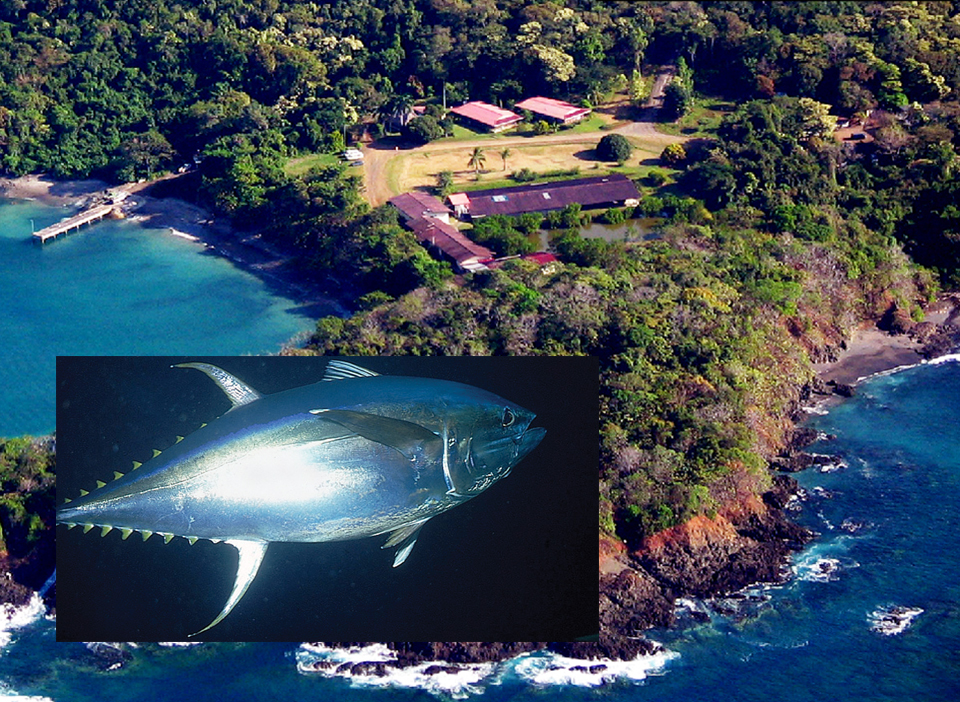
Health & Welfare
Achotines laboratory home to continuing studies of tuna early life history
The Inter-American Tropical Tuna Commission Achotines Laboratory in southern Panama is the world’s only facility with nearly year-round availability of tuna eggs and larvae. A study is comparing the reproductive biology, genetics and early life history of yellowfin and Pacific bluefin tuna.
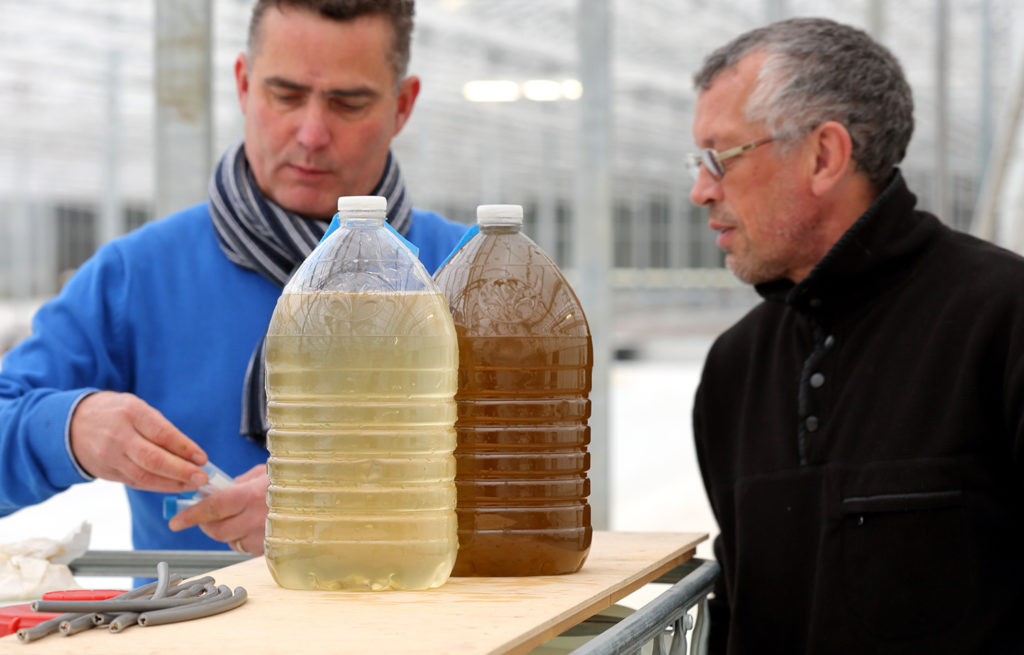
Innovation & Investment
Algae innovators aim to freeze out early-stage shrimp losses
A greenhouse in Belgium believes its innovative shrimp feed product, made from freeze-dried microalgae, packs the necessary nutrients for the crustacean’s most vulnerable life stage: the first three days of its life.
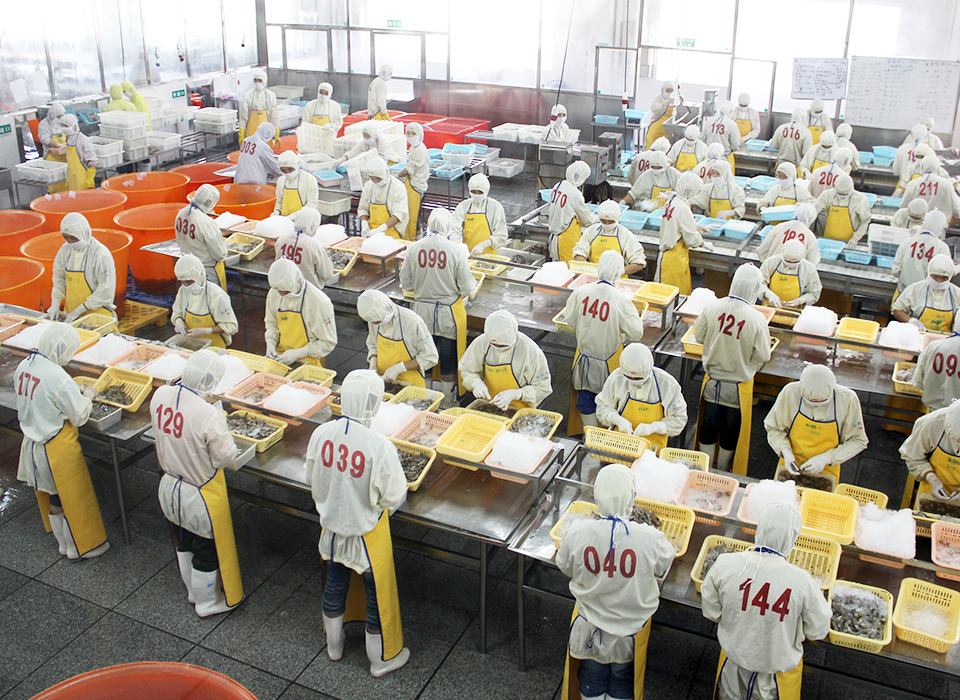
Health & Welfare
Antibiotic-resistant bacteria, part 2
The development of antimicrobial resistance genes in human pathogens as a consequence of exposure to antibiotics in aquaculture is widely documented. Reports implicate foodborne antibacterial-resistant pathogenic bacteria in human disease.
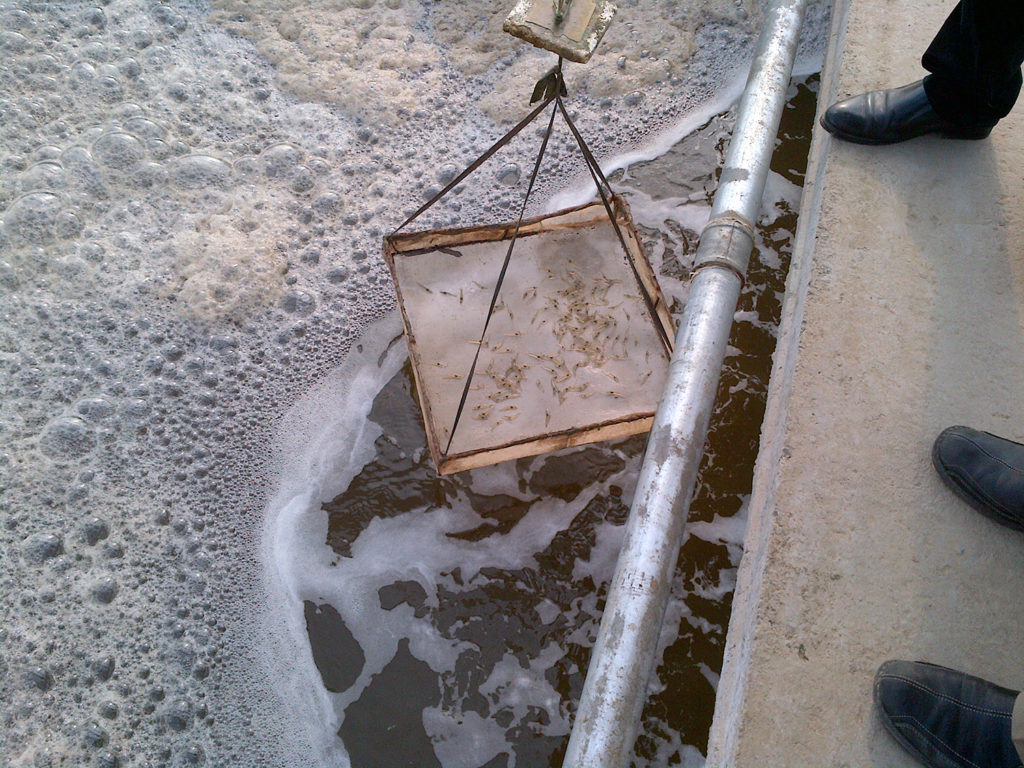
Health & Welfare
Building a better shrimp nursery, part 3
Shrimp nursery systems offer significant potential for compensatory growth after juveniles are transferred to ponds for final grow-out. Nursery feed selection and their management are critical components of shrimp nursery systems.


